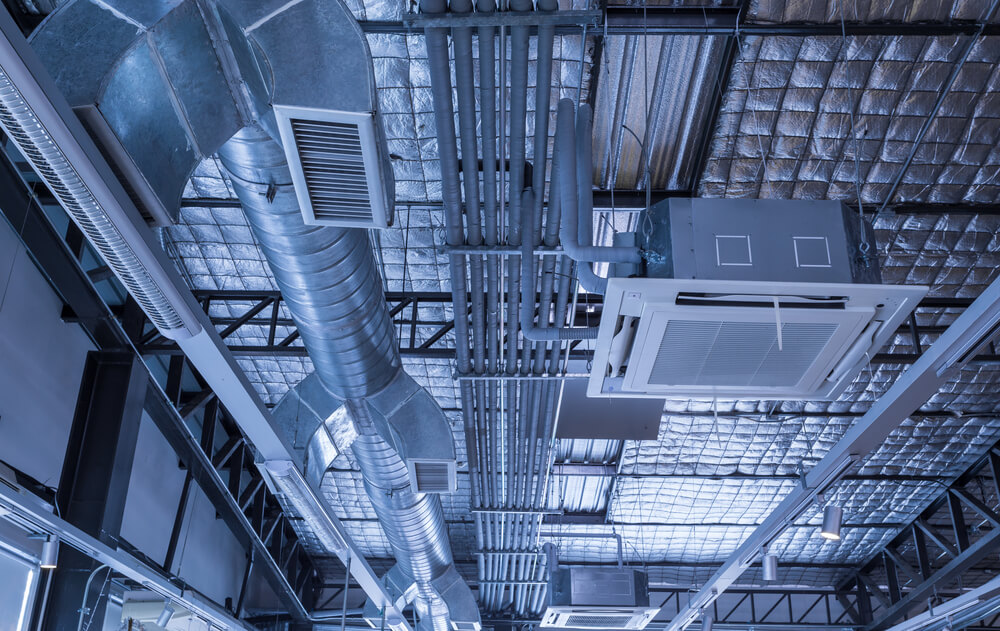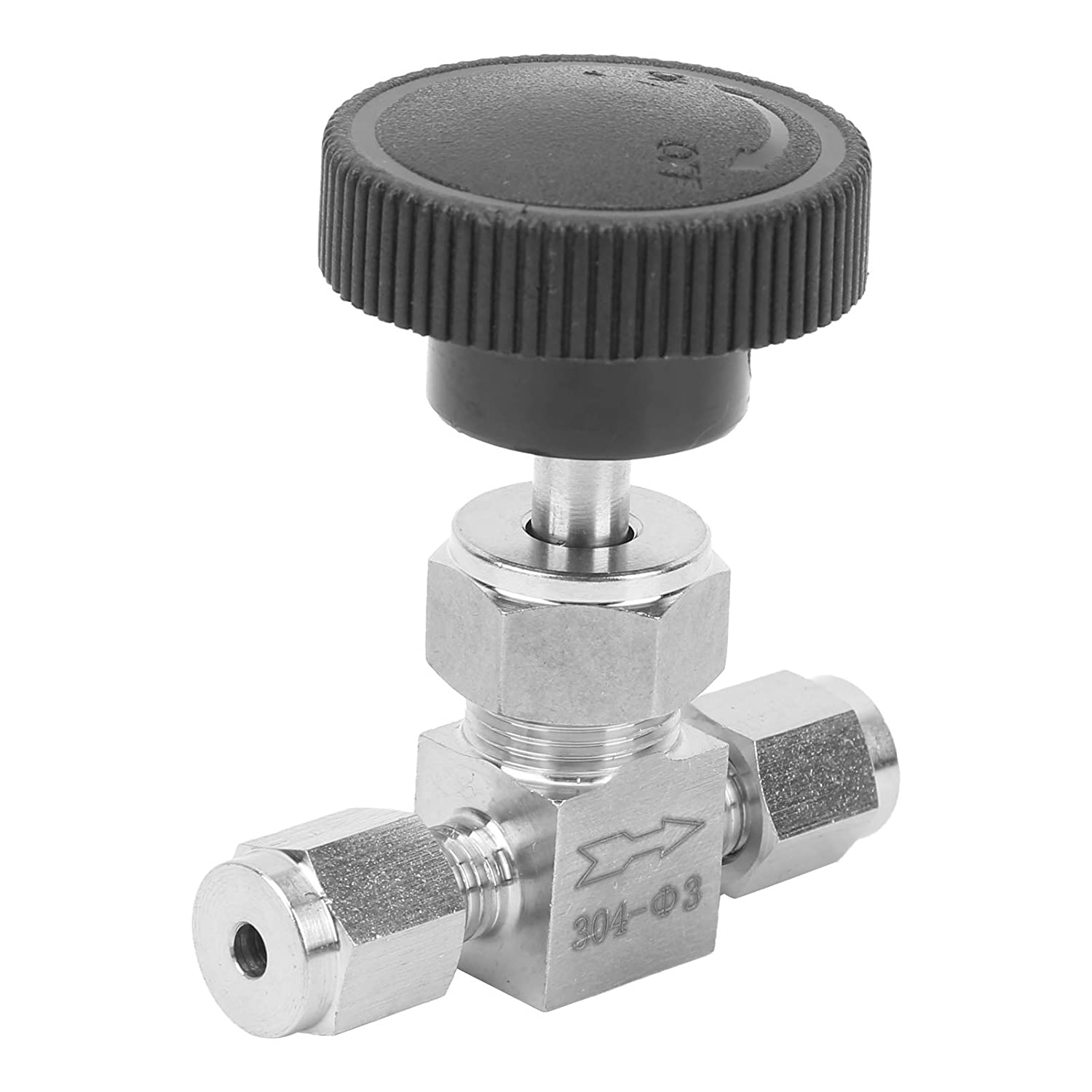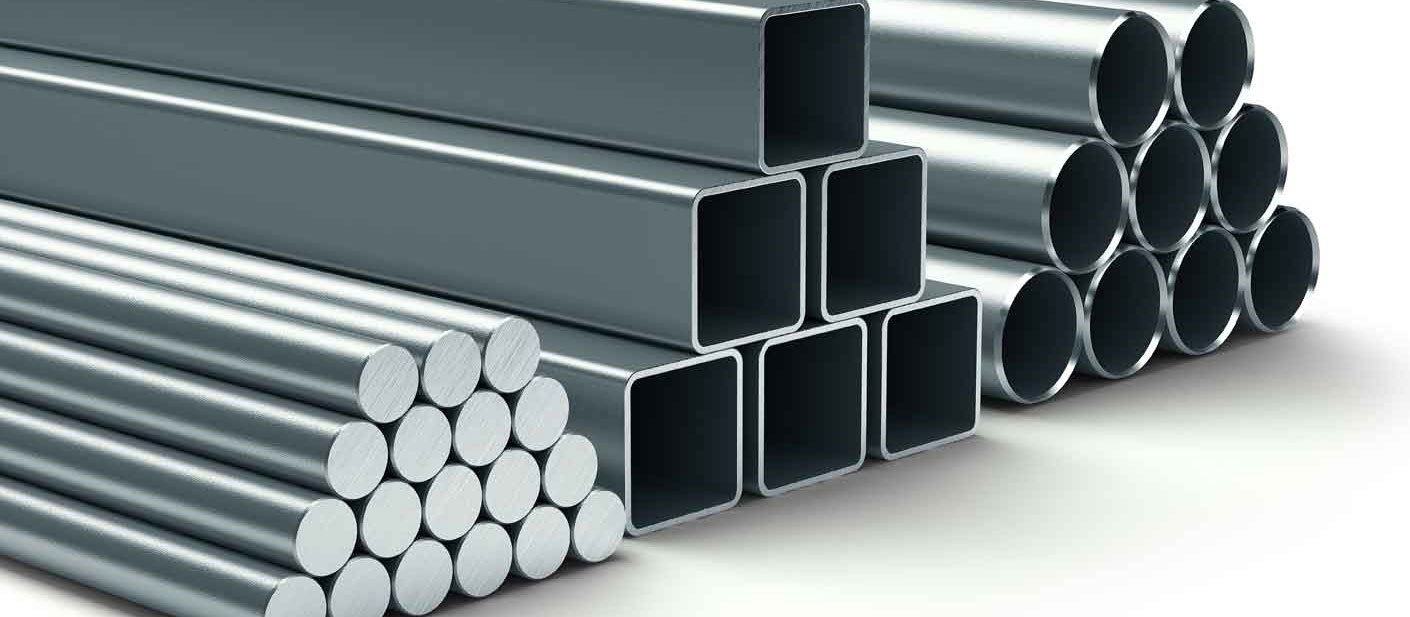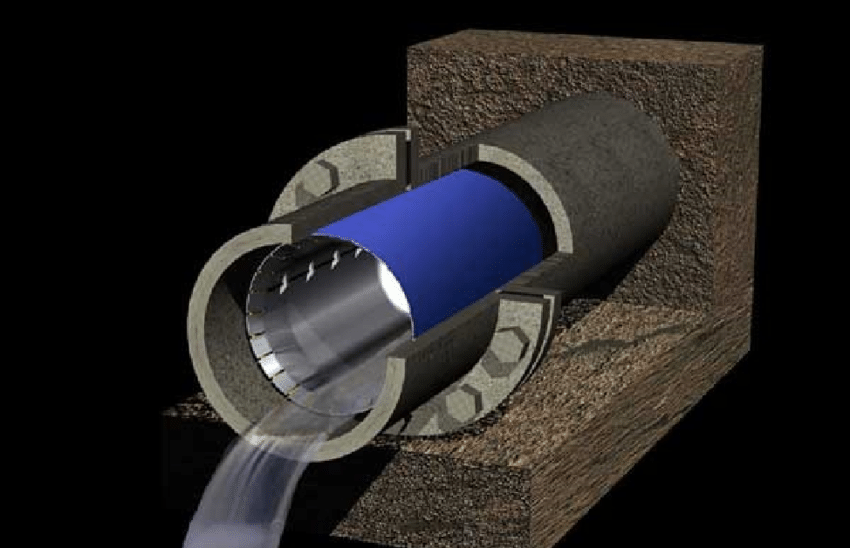HVAC stands for heating, ventilation, and air conditioning. These systems are used to control the temperature, humidity, and air quality in buildings.
Heating systems can use a variety of sources such as natural gas, electricity, or heat pumps. The most common type of heating system is a forced-air furnace, which uses a fan to circulate warm air throughout the building. Boilers and radiant heating systems are also used in some buildings.
Ventilation systems are used to bring fresh air into a building and remove stale air. This can be done through natural ventilation, where windows and doors are used to let fresh air in and let stale air out, or through mechanical ventilation, where a fan is used to circulate the air.
Air conditioning systems are used to cool buildings and remove humidity. The most common type of air conditioning system is a split-system air conditioner, which has an outdoor unit that contains the compressor and an indoor unit that contains the evaporator. Other types of air conditioning systems include window units, portable units, and central air conditioning systems.

All of these systems can be controlled by a thermostat, which allows the user to set the desired temperature and schedule for the building. Some HVAC systems can also be controlled remotely using a smartphone or other device.
Objectives of HVAC System
The main objectives of an HVAC (heating, ventilation, and air conditioning) system are to:
- Control the temperature: The system is responsible for maintaining a comfortable temperature inside the building. This is done by heating or cooling the air as needed.
- Control humidity: The system helps to maintain a comfortable level of humidity inside the building. This is important because high humidity can lead to mold and mildew, while low humidity can cause dry skin and other health problems.
- Improve air quality: HVAC systems are used to remove pollutants, such as dust, pollen, and pet dander, from the air. They also help to control the spread of allergens and other harmful particles.
- Provide fresh air: In order to ensure adequate oxygen supply and avoid the circulation of stale air, ventilation systems bring fresh air from outside and remove the stale air inside of the building.
- Energy Efficiency: HVAC systems should be designed to use energy efficiently. They should be properly insulated and sealed to reduce heat loss or gain and use energy-efficient equipment such as programmable thermostats and high-efficiency filters, to minimize energy consumption.
- Noise control: The systems should be designed to minimize noise, both inside and outside the building, to create a comfortable and quiet environment.
- Safety: The systems should be designed and maintained to ensure safety, including preventing carbon monoxide leaks, fire hazards, and other dangerous conditions.
- Cost-effectiveness: HVAC systems should be designed and installed to minimize maintenance costs and maximize the life of the equipment.
Components of HVAC System
The main components of an heating, ventilation, and air conditioning system include:
- Thermostat: This is the control center of the HVAC system and is used to set the desired temperature and schedule for the building. Some thermostats can also be controlled remotely using a smartphone or other device.
- Furnace or boiler: This is the component that heats the air in the building. Furnaces use natural gas or electricity to generate heat, while boilers use hot water or steam to heat the air.
- Air conditioning unit: This is the component that cools the air in the building. The most common type of air conditioning system is a split-system air conditioner, which has an outdoor unit that contains the compressor and an indoor unit that contains the evaporator.
- Ductwork: This is the system of pipes and vents that is used to distribute the heated or cooled air throughout the building.
- Air filter: This is a device that is used to remove pollutants, such as dust, pollen, and pet dander, from the air.
- Ventilation system: This is the component that brings fresh air into the building and removes stale air. This can be done through natural ventilation, where windows and doors are used to let fresh air in and let stale air out, or through mechanical ventilation, where a fan is used to circulate the air.
- Refrigerant: This is a chemical that is used in air conditioning systems to absorb heat from the air inside the building and transfer it to the outdoor unit.
- Expansion valve: This is a device that regulates the flow of refrigerant in an air conditioning system.
- Evaporator coil: This is the component of an air conditioning system that absorbs heat from the air inside the building.
- Compressor: This is the component of an air conditioning system that compresses the refrigerant and transfers heat to the outdoor unit.
- Condenser coil: This is the component of an air conditioning system that releases the heat absorbed by the refrigerant to the outdoor air.
- Drain pan: This is a device that collects and drains away water that condenses on the evaporator coil.
- Air handler: This is the component that circulates the air throughout the building, it has a fan, filter and evaporator/condenser coils.

Types of HVAC System
There are several types of HVAC systems, including:
- Forced-air systems: These systems use a furnace or boiler to heat the air, and a blower to circulate the warm air throughout the building. They are the most common type of HVAC system and can also be used for air conditioning.
- Boiler systems: These systems use a boiler to heat water or steam, which is then distributed through a system of pipes and radiators to heat the building.
- Radiant heating systems: These systems use hot water or electric coils to heat the floors or ceilings of a building, which then radiates heat to the rest of the space.
- Split-system air conditioners: These systems have an outdoor unit that contains the compressor and an indoor unit that contains the evaporator. They are the most common type of air conditioning system and can be used with a variety of heating systems.
- Window air conditioners: These are small, self-contained units that are installed in a window or through a wall to cool a single room or small area.
- Portable air conditioners: These are similar to window air conditioners but can be moved from room to room as needed.
- Packaged HVAC systems: These systems include both heating and cooling equipment in one outdoor unit. They are commonly used in small commercial or residential buildings.
- Geothermal systems: These systems use the constant temperature of the earth as the exchange medium instead of outside air to heat and cool the building.
- Ductless mini-split systems: These systems consist of an outdoor unit with a compressor and an indoor unit with an evaporator, but they do not require ductwork, making them more efficient and easier to install.
- VRF (Variable Refrigerant Flow) systems: These systems can provide both heating and cooling and are suitable for buildings with multiple zones or varying cooling/heating loads.
Each type of HVAC system has its own advantages and disadvantages and the choice of the system should be based on the specific needs of the building and the climate it is located in.
Working of HVAC System
A HVAC (heating, ventilation, and air conditioning) system works by circulating and treating the air within a building to maintain a comfortable temperature, humidity level, and air quality.
- Heating: A furnace or boiler is used to heat the air. The furnace or boiler uses natural gas, electricity, or other fuel to generate heat. A blower then circulates the warm air through ductwork and into the building.
- Cooling: An air conditioner unit is used to cool the air. The air conditioner unit contains a compressor, condenser, and evaporator. The compressor compresses a refrigerant, which absorbs heat from the air inside the building and transfers it to the outdoor unit. The cooled air is then circulated back into the building through ductwork.
- Ventilation: The HVAC system brings fresh air into the building and removes stale air through a process called ventilation. In a mechanical ventilation system, a fan is used to circulate the air, whereas in natural ventilation, windows and doors are used to let fresh air in and let stale air out.
- Air Filtration: The HVAC system also includes an air filter, which removes pollutants, such as dust, pollen, and pet dander, from the air.
- Control: The HVAC system is controlled by a thermostat, which allows the user to set the desired temperature and schedule for the building. Some HVAC systems can also be controlled remotely using a smartphone or other device.

Overall, the HVAC system works by circulating and treating the air in a building to maintain a comfortable environment while providing energy efficiency. It uses different components such as the furnace, air conditioner, ductwork, and thermostat to control temperature, humidity, and air quality.
Selection of HVAC System
The selection of an heating, ventilation, and air conditioning system is a complex process that involves several factors such as the size of the building, the climate, the number of occupants, the desired level of comfort, and the budget.
- The size of the building is an important factor in determining the type and capacity of the HVAC system.
- The climate of the area is an important factor in determining the type of HVAC system.
- The number of people that will occupy the building is also an important factor.
- Desired Level of Comfort.
- The energy efficiency of the HVAC system is an important factor to consider, as it can have a significant impact on the building’s energy costs over time.
- The usage of the building is also factor to consider, a commercial building with high occupancy rate and longer hours of operation needs a different system than a residential building.
- The HVAC system should be chosen based on the indoor air quality requirements of the building, for example, hospitals and laboratories have strict indoor air quality requirements.
- The HVAC system should be chosen based on its ease of maintenance and serviceability.
Consulting with a professional HVAC contractor or engineer can help in determining the best HVAC system for a specific building based on these factors.
There are different types of HVAC systems available, each with their own advantages and disadvantages, and the selection of the right one depends on several factors such as the size of the building, the climate, the number of occupants, the desired level of comfort, and the budget. A professional HVAC contractor or engineer can help in determining the best HVAC system for a specific building.




